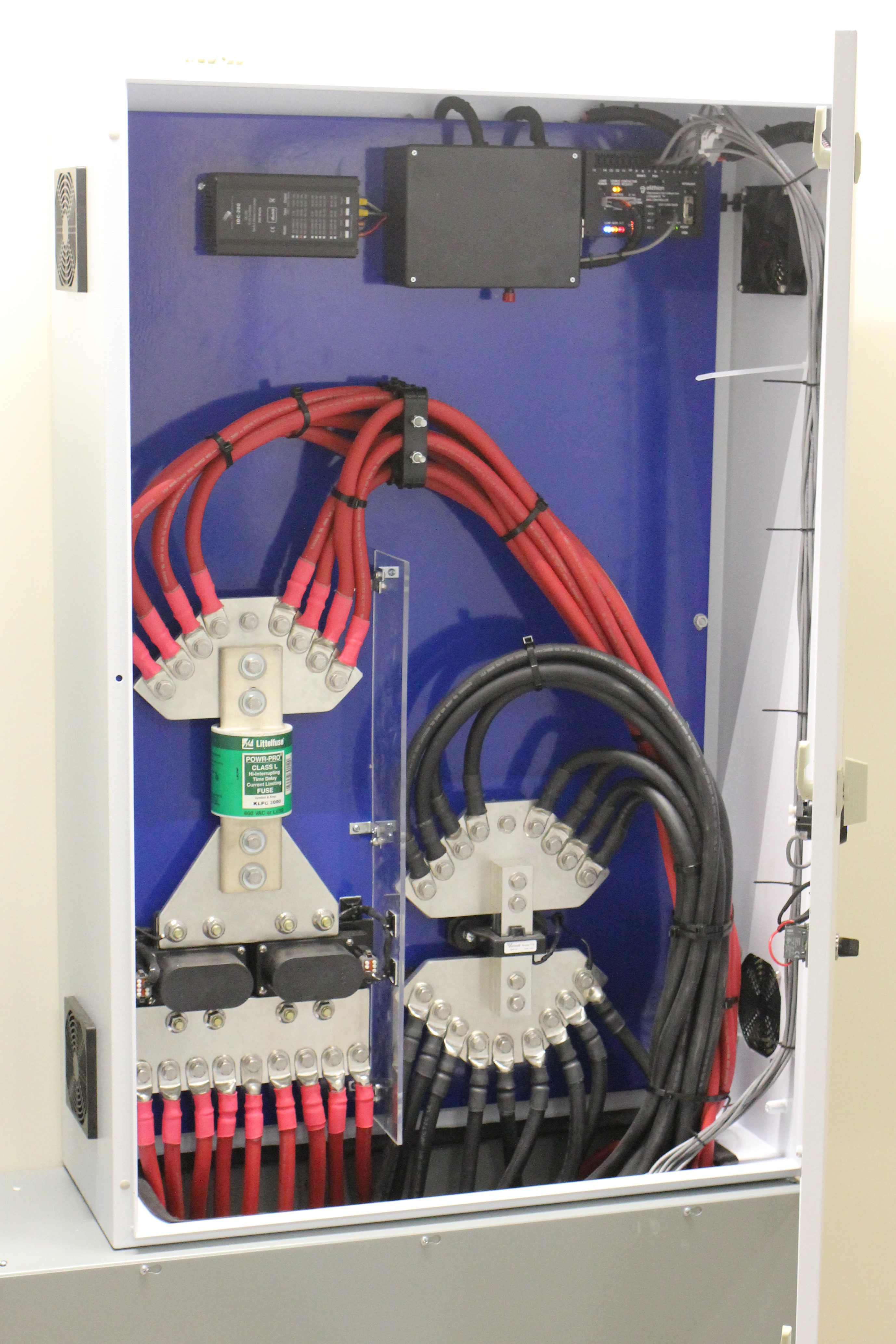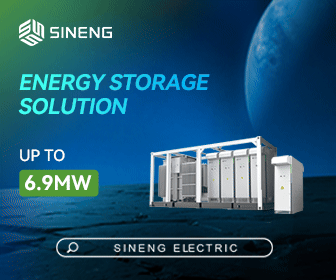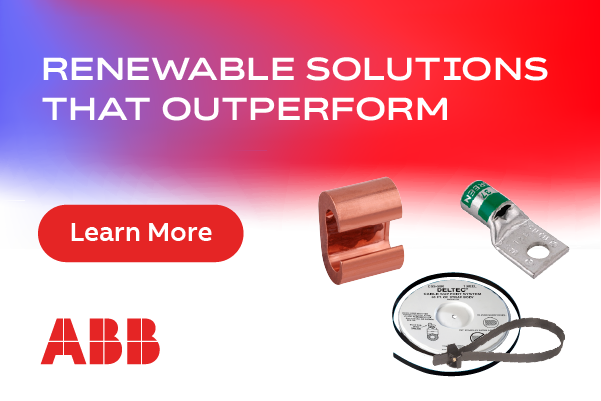The Crucial Key to the Industry's Fastest Growing Battery Chemistry
If you follow the renewable energy storage industry even casually, then you have probably heard of at least one lithium battery company making waves. With market demand on the rise, lithium ion batteries are here to stay. It's up to industry professionals to hop aboard the train and learn how to make these batteries work up to their full potential.

Managing Lithium
In the days when the lead acid battery reigned supreme over the land of renewable energy storage, its internal voltage self-regulation meant that no additional communication was needed between the battery bank and the rest of the system components.
With the new age of lithium ion batteries came the need for a sophisticated Battery Management System (BMS), to monitor and regulate pack performance.
Many say lithium-type batteries are superior to their predecessors in nearly every way; they have a longer cycle life, higher energy density, smaller size, lighter weight, higher discharge rates, and maintenance free operation (i.e. no watering like flooded lead acid).
At the same time, this new technology faces serious challenges. Lithium batteries experience a steep voltage rise at the end of the charge cycle. One cell that reaches full charge before the rest of the pack will jump from 3.45V to over 4.0V in the blink of an eye. Without a BMS to control the incoming charge source, there will be significant damage to the overcharged cell.
In a traditional renewable energy system, a lead acid battery bank is connected at one point to the inverter/charger and solar charge controllers. The battery in this system is utilized as the sole power supply for the inverter and the solar charge controllers. If the lead acid battery reached a low state of charge (SOC), the inverter would be programmed to disconnect the AC output, preventing any further discharge from the battery bank. The battery would remain connected to the solar charge controllers and inverter, ready to accept a charge as soon as the sun or AC charge source became available.
 When working with a lithium battery bank, there is often a disconnecting mechanism that resides on the battery pack. If the battery bank becomes becomes overcharged or over-discharged, the on-board contactor will disconnect the battery from the rest of the system in order to protect the battery. This is great for the overall safety of the battery, but causes a major problem for the rest of the renewable energy system.
When working with a lithium battery bank, there is often a disconnecting mechanism that resides on the battery pack. If the battery bank becomes becomes overcharged or over-discharged, the on-board contactor will disconnect the battery from the rest of the system in order to protect the battery. This is great for the overall safety of the battery, but causes a major problem for the rest of the renewable energy system.
When using a contactor to interrupt power going to, or coming from the lithium battery bank, the inverter and solar charge controllers no longer have a power supply to continue operation. This means that the inverter and solar panels are no longer connected to the lithium battery, and cannot recharge the battery without manual intervention to reset the on-board contactor. It is from this major pitfall that the need for a new disconnection method arises, to limit the charge into a full lithium battery, and the amount of energy supplied to the load when the SOC drops below a certain threshold.
The Software Solution
One answer lies in a software control system that can interface between the lithium battery, the inverter, and the solar charge controllers.
Some lithium battery companies offer a complete solution that includes a battery, inverter, and solar charge controller, but it's limited to a capacity that can power a house for just a few hours. Also, these packages are not compatible with existing inverters and charge controllers, which means that someone looking to replace a lead acid battery bank must replace all the other fully functional system hardware. Realistically, this total system replacement is not a feasible option for a customer simply looking to replace their battery bank.
The ideal solution is currently in development: to interface the battery management system with any name brand inverter or solar charge controller on the market today.
When the battery is approaching a full SOC, a signal is sent to a device on the battery that can communicate to the solar charge controller, to slow down the incoming charge. If, at a reduced-charge level, the battery cells are still approaching the overcharge level, the software allows you to cease charging from any incoming source, whether it's the solar generator or the grid. The benefit here is that the contactor remains closed, and the battery keeps powering the load without interruption.
On the discharge side, as the battery is reaching a low SOC, the same on-board communication system is able to send a signal to the inverter to commence a new AC charge cycle from the grid or generator. If the battery continues to discharge, and reaches a critically low SOC, the software system sends a signal to the inverter that will disable AC output. Essentially, the battery is dynamically setting the "low battery cut off" point based on state-of-charge rather than simply on a preset voltage level. In this scenario, the battery is still connected to both the inverter's AC charger and the solar charge controllers, meaning the battery is ready to accept a charge whenever a source becomes available. Without this software control system, the lithium battery would have to open the onboard contactor, and shut down the entire system.
Even with this sophisticated control system, it's important to utilize an on-board contactor to protect the lithium battery in case of software or communication system failures.
Forecasters expect years of strong demand for 48 Volt lithium batteries, in the residential and light commercial energy storage market. Additionally, as lead acid batteries reach end of life in existing systems, customers will be looking to replace their batteries with the newest technology available. It's important to understand all the nuances associated with new lithium battery technology. It's our responsibility, as industry professionals, to offer the safest and most reliable solutions to our customers.
Nick Renteria works for Iron Edison Battery Company writing articles, newsletters, guest blog posts and other company communications. He utilizes a passion for education and renewable energy to inform and excite readers about new industry developments.
Iron Edison | www.ironedison.com
Volume: 2018 May/June










